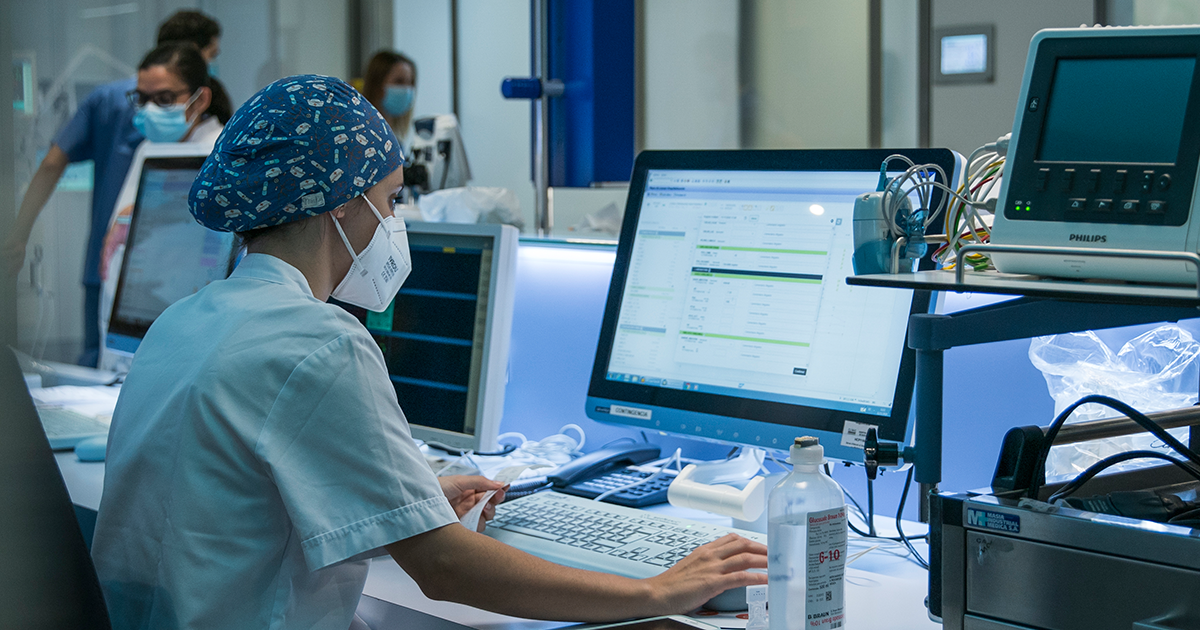In the realm of healthcare, the evolution of hospitals extends beyond cutting-edge treatments and state-of-the-art technology. A lesser-known yet equally crucial aspect is the pivotal role that installations play in shaping the patient experience and enhancing overall care delivery Etude fluides médicaux.
Installations in hospitals have undergone a remarkable metamorphosis over the years, transcending their functional purposes to become integral components of therapeutic environments. These installations encompass a diverse spectrum, ranging from interactive artworks and sensory experiences to technological advancements that revolutionize patient care.
One of the most striking transformations has been observed in the realm of art installations within healthcare facilities. Gone are the days when hospital walls were adorned with generic paintings. Today, hospitals serve as galleries, showcasing thought-provoking artworks specifically curated to create a calming and healing atmosphere. These installations not only provide aesthetic pleasure but also serve as a source of distraction and comfort for patients, reducing stress and anxiety levels.
Moreover, the integration of technology into hospital installations has led to groundbreaking advancements in patient care. From interactive digital displays offering vital health information to immersive VR experiences used for pain management and therapy, technology has become a powerful tool in enhancing the healing journey of patients.
The significance of installations is not limited to patients alone; they also profoundly impact the well-being of hospital staff. Staff areas adorned with vibrant installations and relaxing spaces foster a conducive environment for work, reducing burnout and promoting mental wellness among healthcare professionals. This, in turn, translates to improved patient care and satisfaction.
The concept of healing environments has spurred innovative designs that prioritize nature and biophilic elements. Hospitals now incorporate installations such as indoor gardens, natural light-infused spaces, and even healing soundscapes to create a harmonious ambiance that aids in the recovery process.
However, the integration of installations in hospitals isn’t solely about aesthetics or technological advancement; it’s also about inclusivity. Installations are designed with accessibility in mind, ensuring that all patients, regardless of their physical abilities, can benefit from and engage with these enriching elements.
The future of installations in hospitals appears promising, with a continued emphasis on personalization and adaptability. Customizable installations that cater to individual patient needs and preferences are poised to become more prevalent, further enhancing the patient-centered approach in healthcare.
In conclusion, installations in hospitals have transcended their traditional roles to become integral components of the healing journey. Through art, technology, nature-inspired designs, and a focus on inclusivity, these installations create therapeutic environments that foster well-being, elevate patient experiences, and support the holistic healing process in modern healthcare settings.
